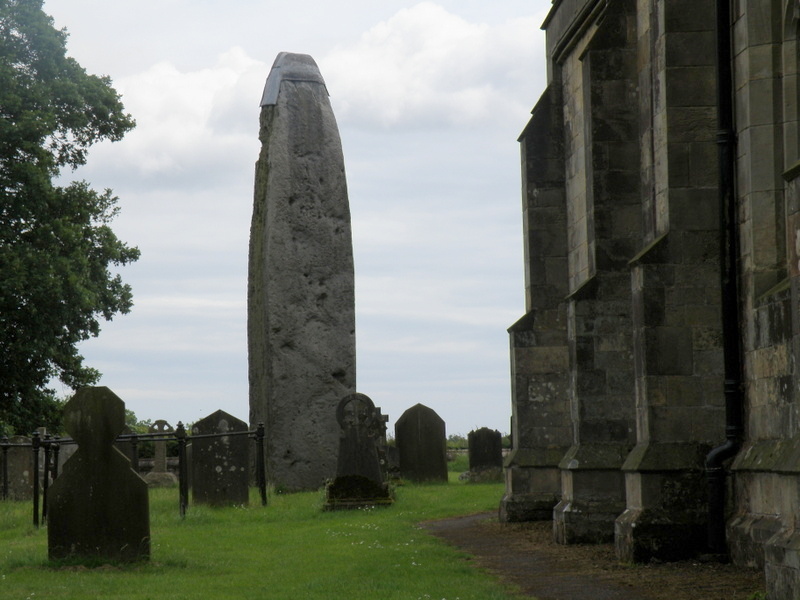Maeshowe is an exquisite feat achieved by a group of builders who lived and worked some 5,000 years ago on Orkney. The mound is 35 meters in diameter, 7 metres high inside, and despite the passage of five millennia, warm and dry within. Running off the main chamber are three cells that it appears can be sealed with stone slabs which now lie on the floor. There is also a blocking stone at the entry to the entry passage which seems to be designed so that it can only be closed from the inside. And at each Winter solstice, the rising sun shines directly into the tomb, rising in the fold of the hills of the island of Hoy opposite, and shining directly over the Barnhouse standing stone located several hundred meters away.
But is it a tomb? Variously described as a Chamber Cairn and a passage grave, the fact is that when it was excavated 1861 there was only one skull to be found inside, although it was also clear that it had also been used by the Vikings to shelter from inclement weather, and as a result, has the largest single collection of Runes in the world. But that is another story.
It seems unlikely to have been a tomb only, or at all perhaps, but for what other purpose would the people of the Orkneys put up to 100,000 man hours of work and transported stones weighing up to 30 tons? We shall never know, we can only speculate.
The site www.maeshowe.co.uk shows photographs of past winter solstices shot from inside the tomb as well as some spectacular shots taken of the interior.






